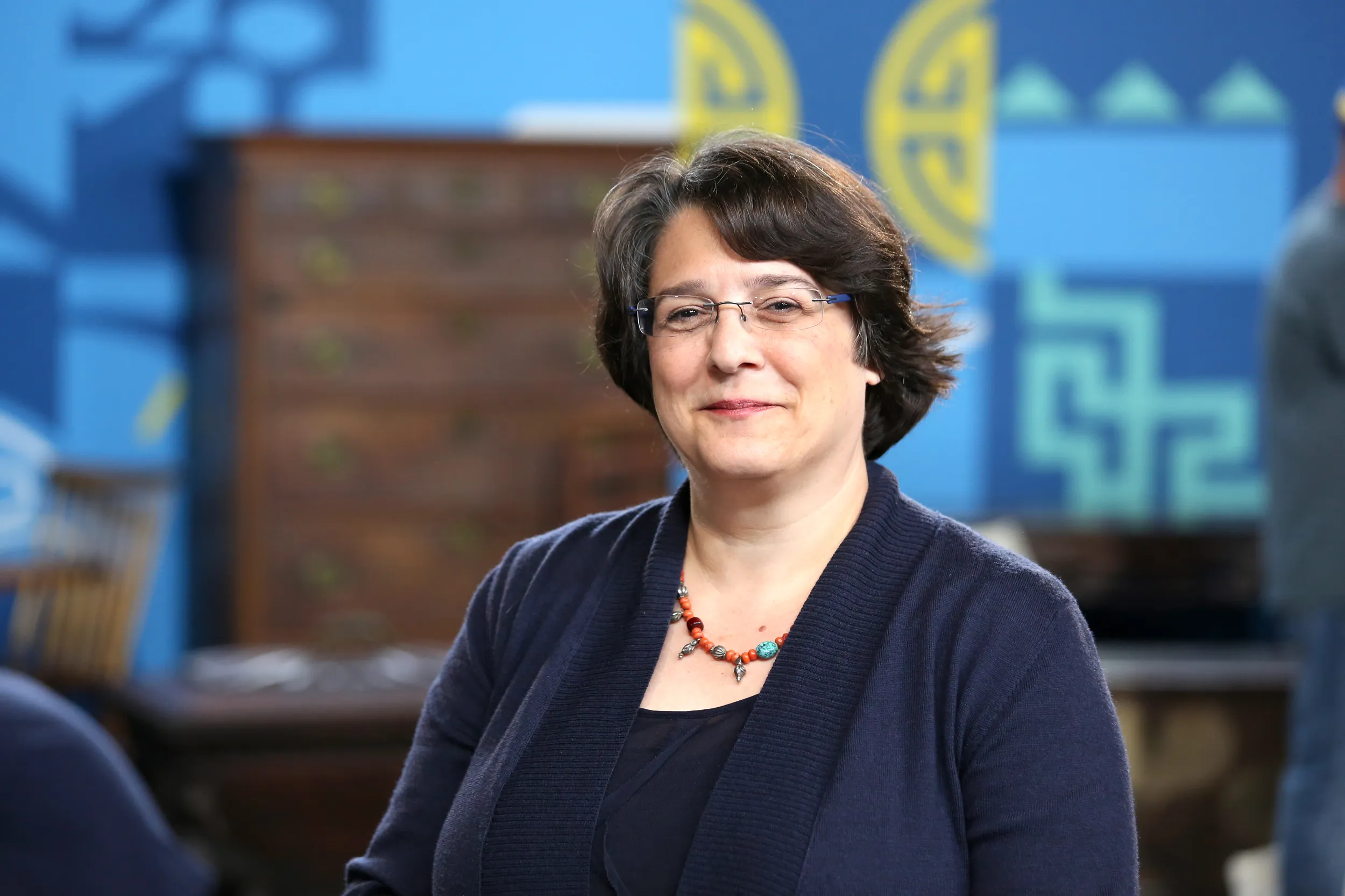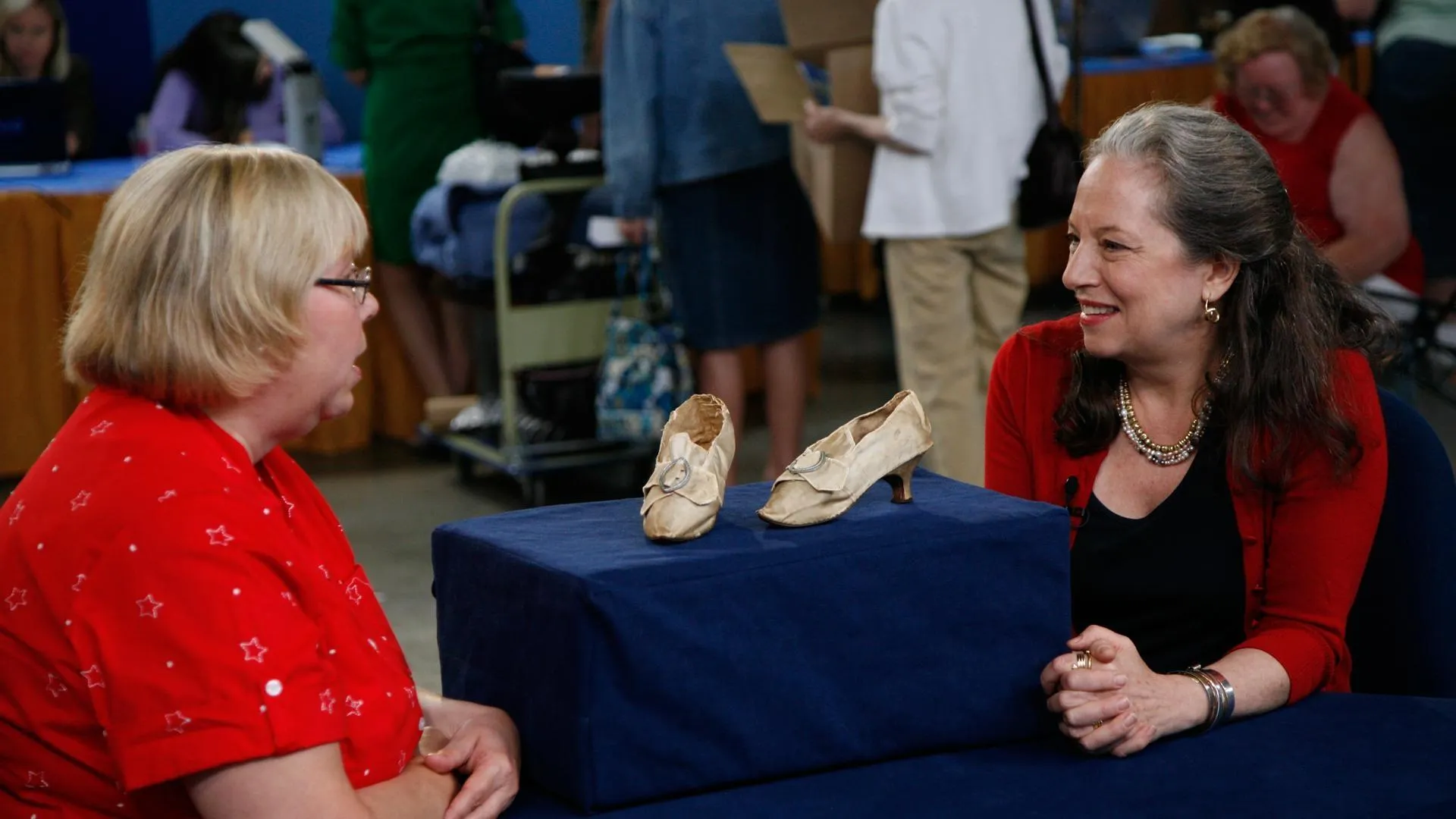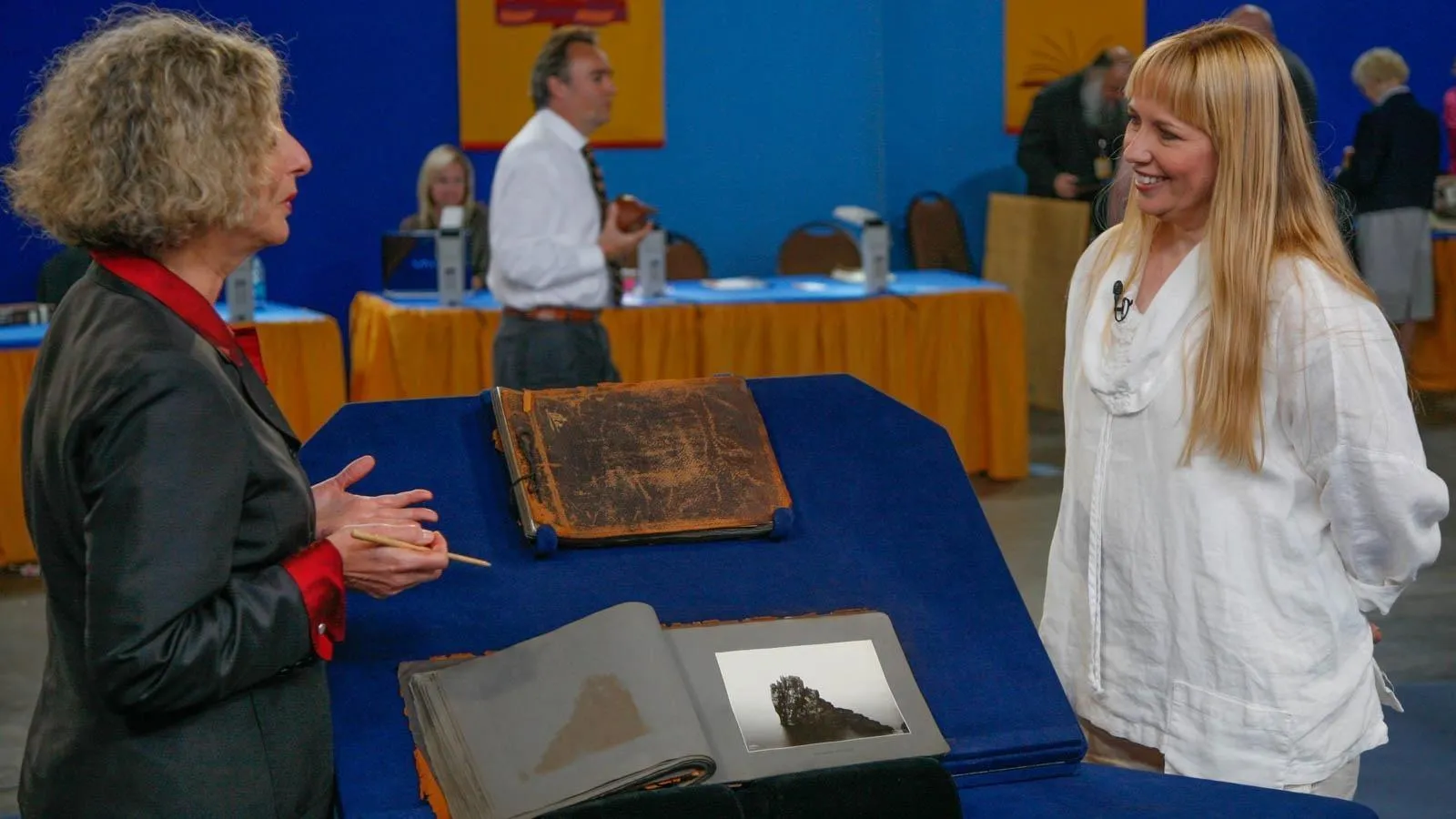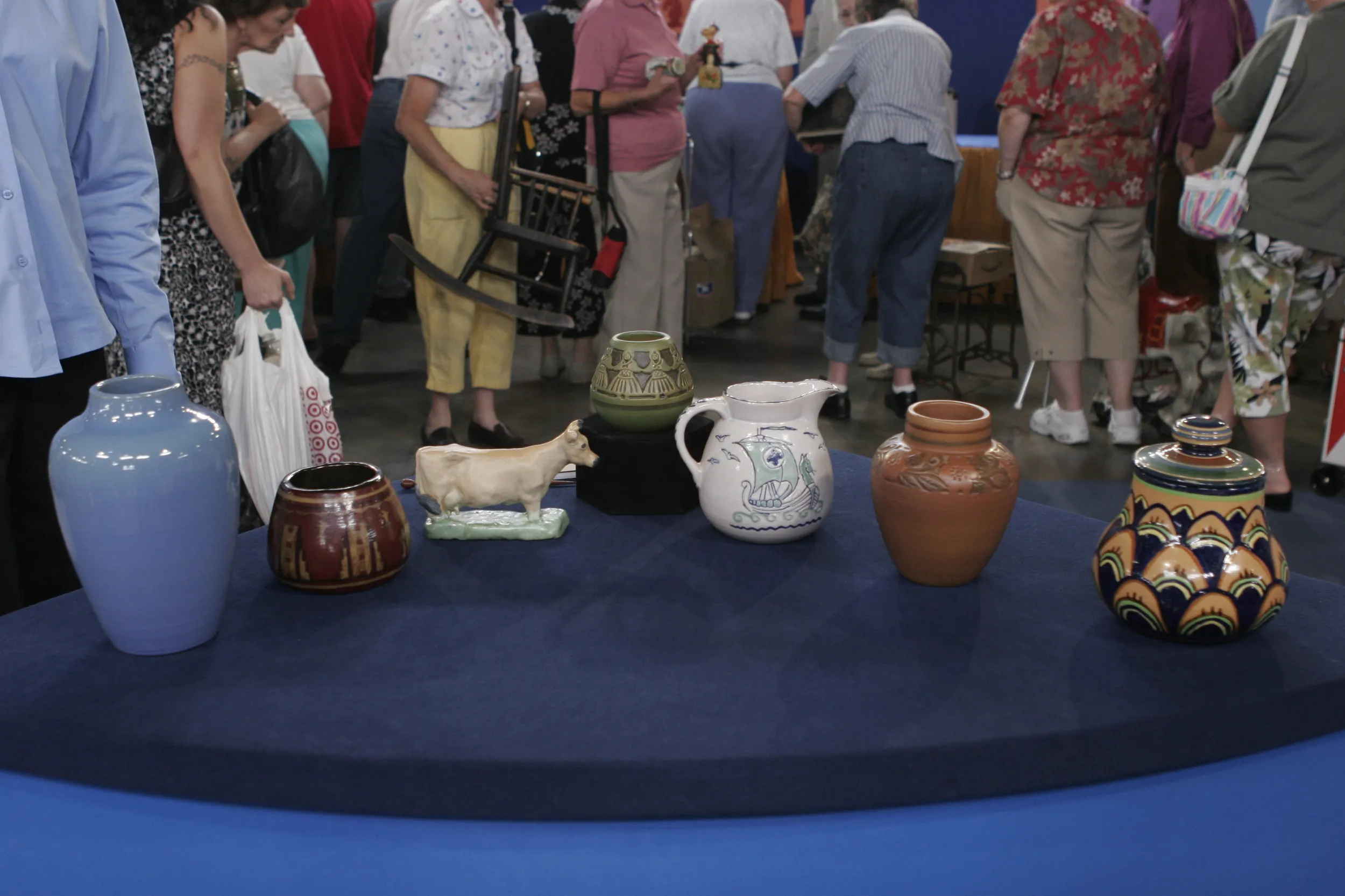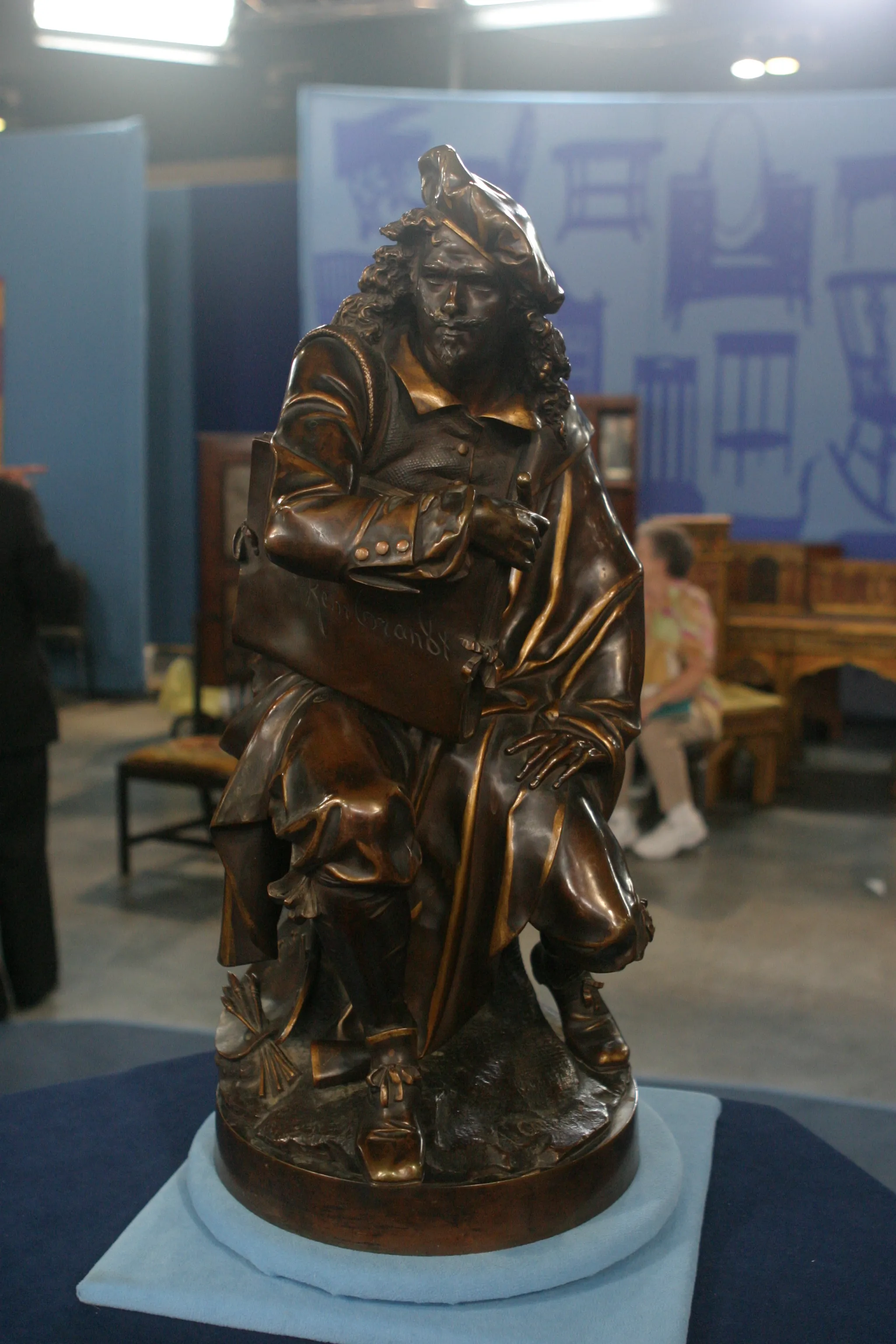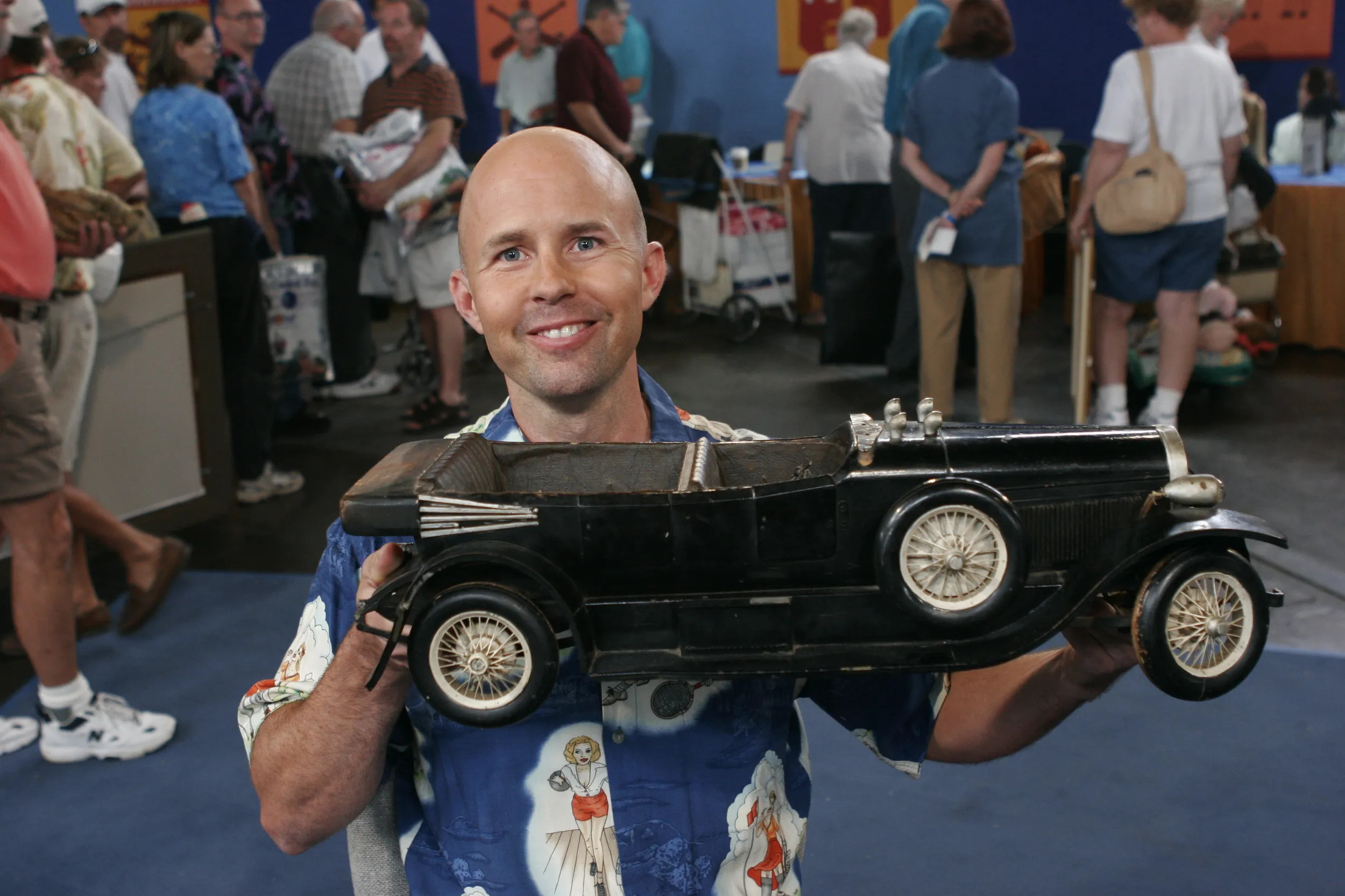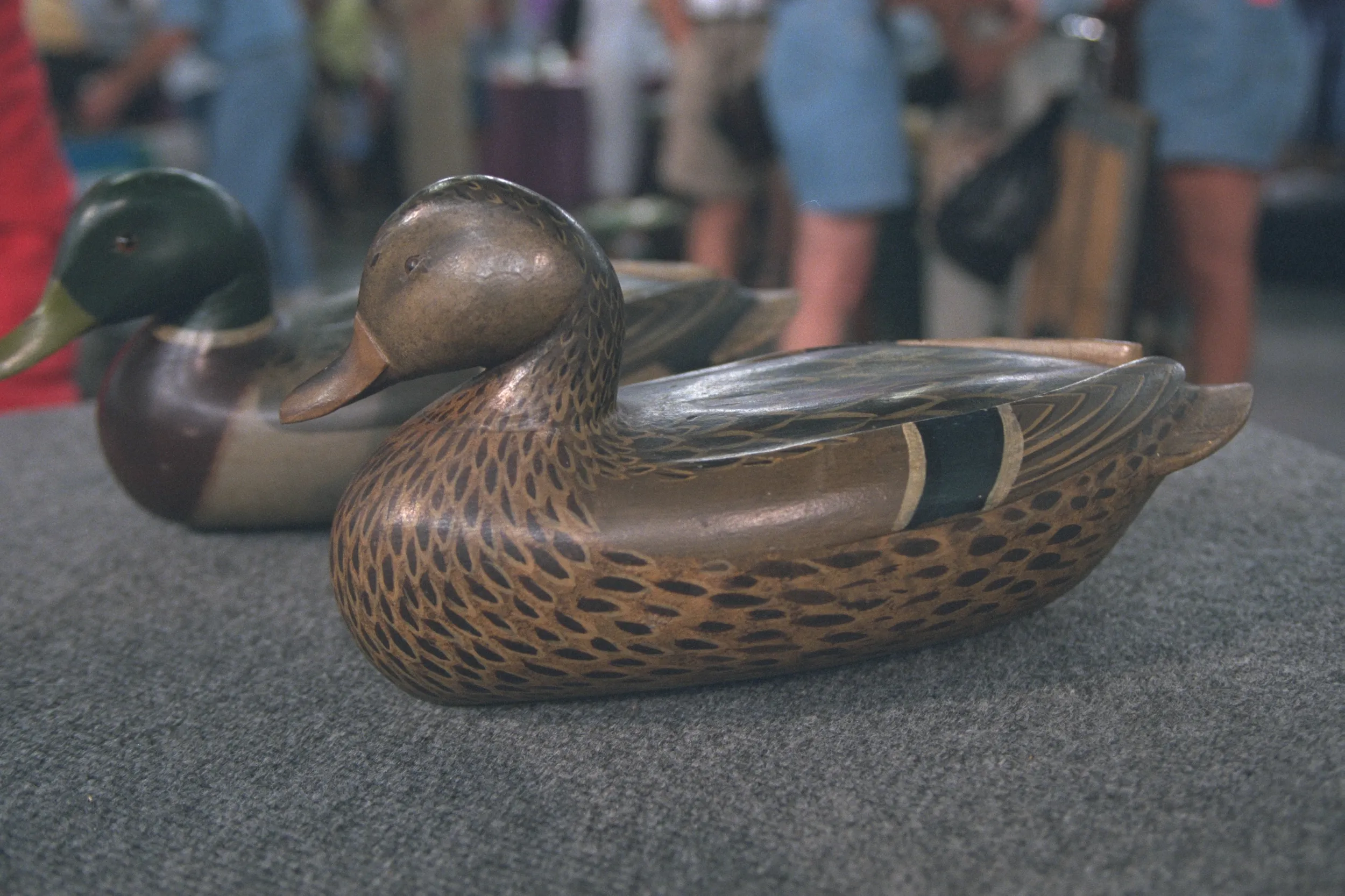GUEST: About 20 years ago, I was in Prague, and I decided to bring home a souvenir that was a little bit different than the stuff that I usually bring home, and I was looking through the back streets of Prague, and I came across a little shop, and I saw him under about four inches of dust and decided that that's what I wanted to use for my souvenir from my trip to Europe, so...
APPRAISER: So what, what about it attracted you to it?
GUEST: Well, I just like the form, and I love bronzes, you know, I…I.. I've seen some of the Rodin stuff, and I thought that was really neat looking. And the price was right, so I paid $250 for it. Otherwise than that, I, I really don't know anything about it, so...
APPRAISER: Okay, well, there are some markings. Um, I'll show here. It's signed on the front here, and the artist is Edward Wittig. And rather than German, he was a Polish artist.
GUEST: Oh, okay.
APPRAISER: So he was born in 1879, in Warsaw, and studied in Poland um as well as in Paris.
GUEST: Oh!
APPRAISER: And he took part in the Paris salons in the early 20th century. He was a student of Auguste Rodin.
GUEST: Oh, okay.
APPRAISER: So possibly some of the things that attracted you to it were um from…
GUEST: Yeah.
APPRAISER: his exposure to that artist, and certainly the strengths of the figures, and sort of the sturdiness, the overall effect has some similarities. It also has a foundry mark here on the, on the back from a Warsaw foundry, and it's really an artist that there's very little, uh, published about. He was part of a group of artists called the Rhythm Group, that were six or eight uh Polish artists that were part of uh really strong proponents for the Polish Art Deco movement.
GUEST: Oh, okay.
APPRAISER: So whereas Art Deco movements were taking place all over Europe, they were the Polish contingent, and they were very successful in exhibiting in Paris in 1925.
GUEST: Oh, that's neat.
APPRAISER: And I think had about a decade-long collaboration. Wittig is known for um large institutional sculptures. He did a lot of monuments. Unfortunately, uh many of those were dismantled by the Germans when they occupied Poland, so there really, there's not a lot of information about him. He died in 1941 during the German occupation, and it seems that his works are now, his, his public works, are being um resurrected. There are some that have been, since the '60s, have been re... reinstated in…in his home country, which is quite wonderful.
GUEST: Uh-huh.
APPRAISER: I found a few um comparables that help to lead towards um providing an estimate.
GUEST: Uh-huh.
APPRAISER: And, you know, based on what I could find out, I would estimate for insurance purposes a figure at around $10,000.
GUEST: Wow.
APPRAISER: So you certainly made a, made a very good purchase.
GUEST: (laughing): That's amazing.
APPRAISER: Yeah. Thanks for bringing it in today. It's been a treat to see.
GUEST: Oh, wow.
